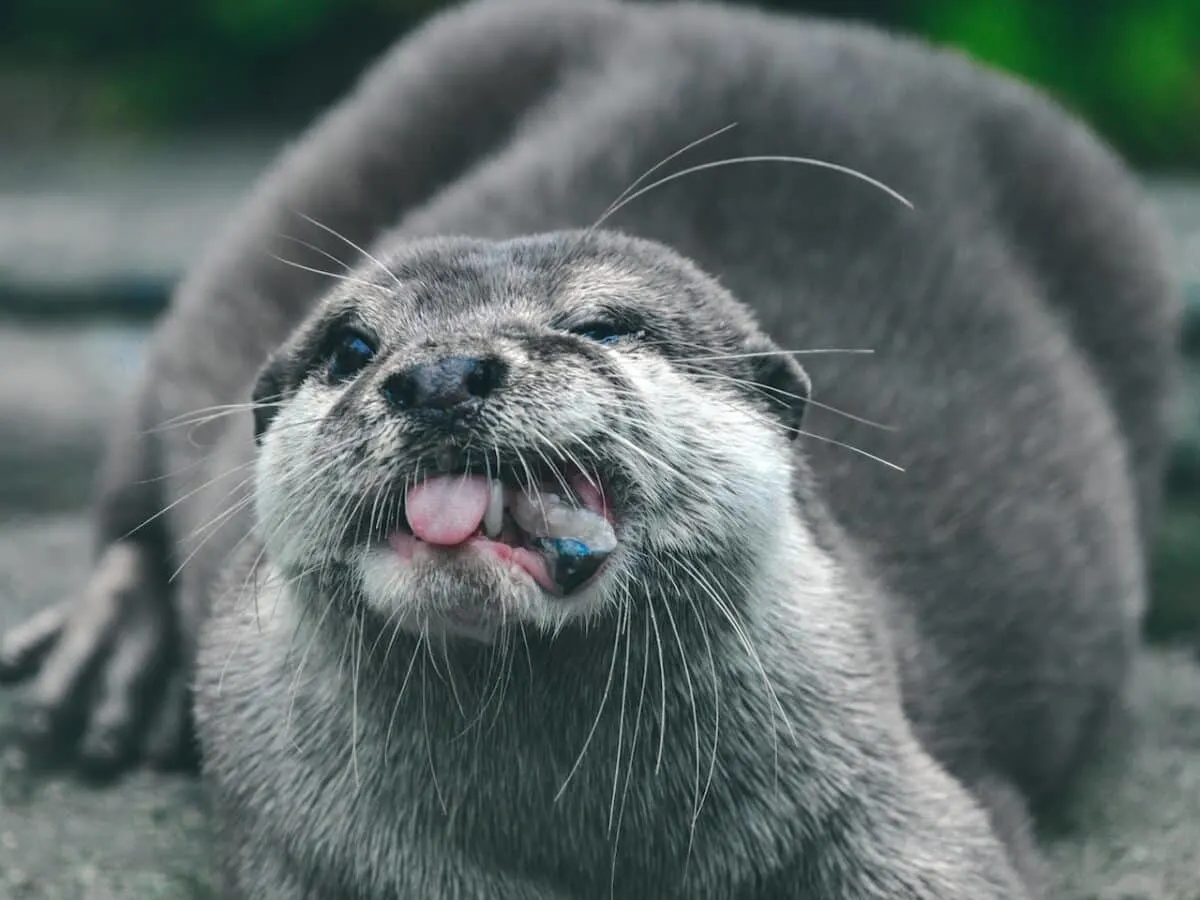Get ready to be amazed by the Giant Otter, the biggest otter species on the planet.
As a top predator, it maintains the delicate balance of its habitat by regulating fish populations, preserving water quality, and fostering harmonious ecological dynamics.
Prepare to be captivated by the sheer magnificence of this remarkable creature and the invaluable lessons it imparts about the delicate balance of our natural world.
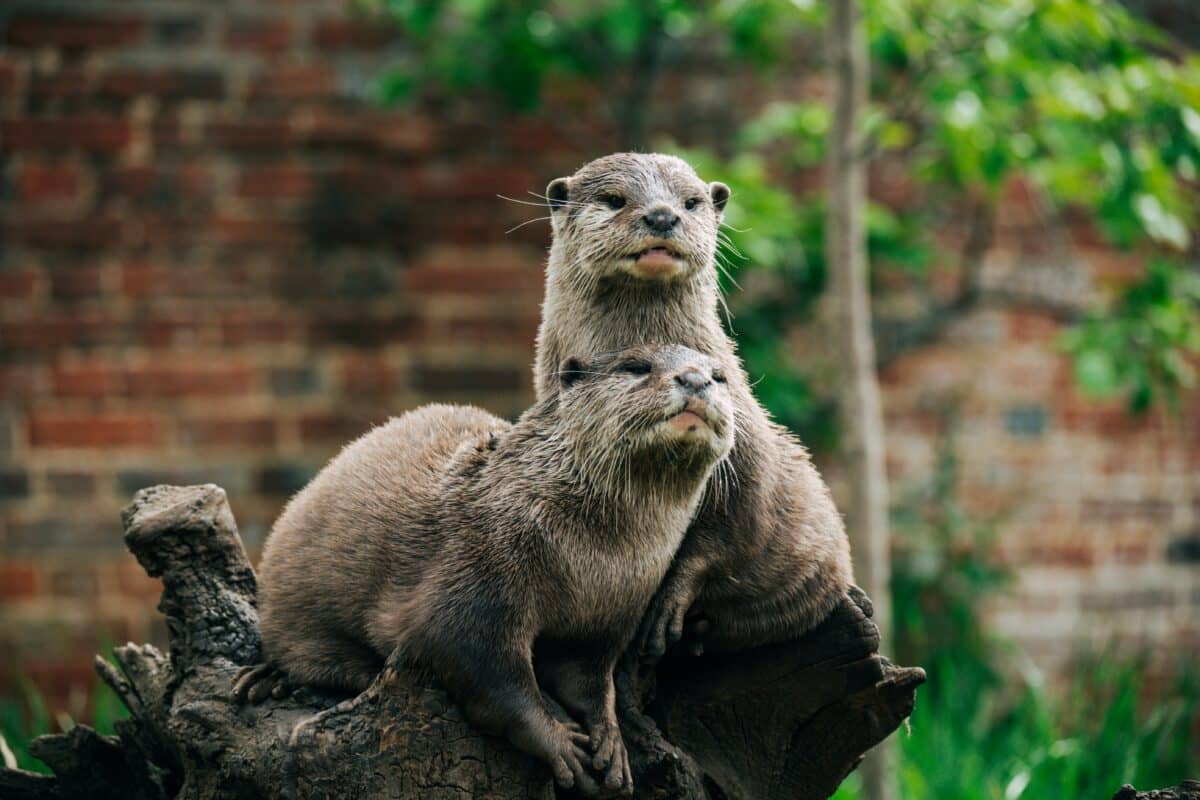
Key Points
| The Giant Otter, also known as Pteronura brasiliensis, belongs to the family of Mustelidae, which includes creatures such as weasels, badgers, and ferrets. This majestic species is the largest otter in the world. |
| Giant Otter boasts a sleek, dark brown coat, which helps it camouflage well in its aquatic habitat. Its fur is especially dense, waterproof, and velvety – much like a seal’s. |
| They can be found in the rivers and swamps of South America, spanning an impressive array of countries such as Brazil, Guyana, Suriname, Colombia, Venezuela, Peru, Ecuador, and Bolivia. |
| As the largest otter species in the world, it is also considered a keystone species due to its vital role in the ecosystem. It is the top predator in its habitat, which means it hunts other animals but doesn’t have natural predators. This role is critical to maintaining a healthy balance of the ecosystem. |
| Understanding and preserving the Otter’s habitat ensures its survival and serves the larger purpose of conserving the intricate, delicate interactions between species and their environment. |
Want to jump ahead? Click below
The Giant Otter: Scientific Name And Classification
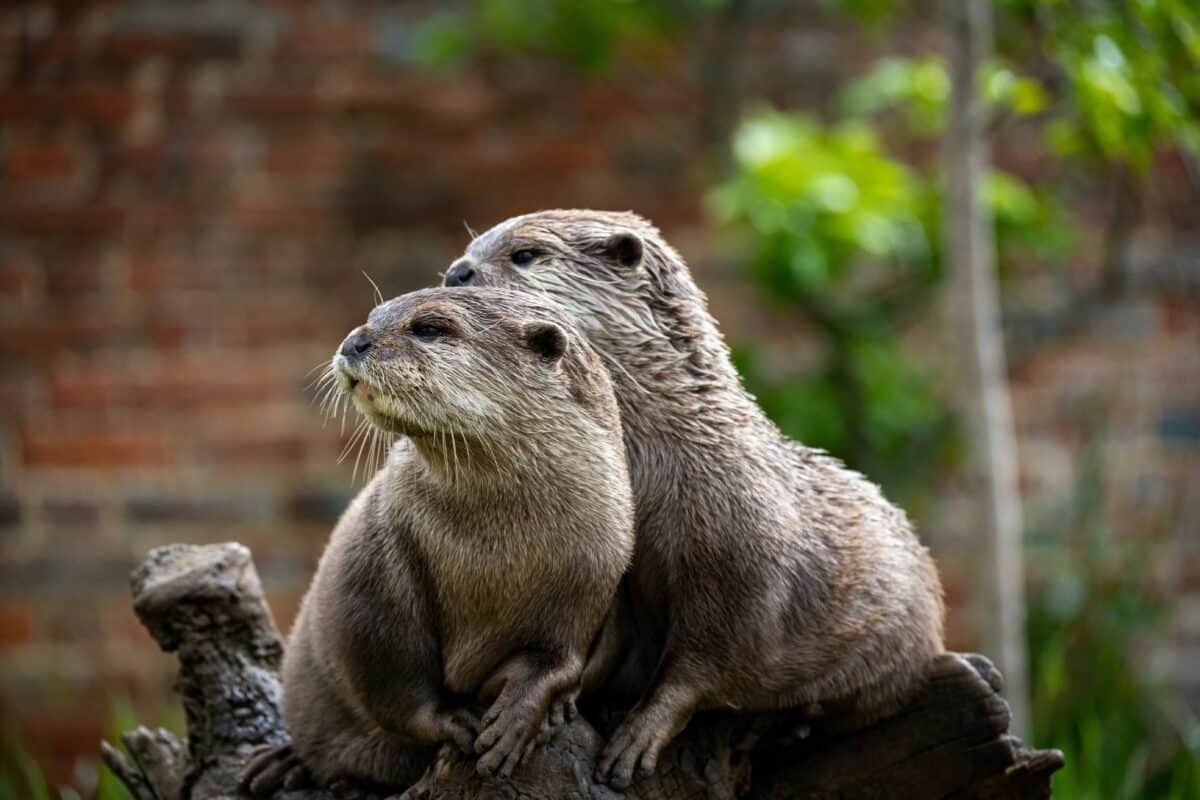
Let’s dive into the scientific side. The Giant Otter, also known as Pteronura brasiliensis, belongs to the family of Mustelidae, which includes creatures such as weasels, badgers, and ferrets. This majestic species is the largest otter in the world, measuring up to a whopping six feet (or about two meters) in length! Its size is impressive, making it a standout among its otter brethren.
- Physical Appearance And Unique Features
The Giant Otter boasts a sleek, dark brown coat, which helps it camouflage well in its aquatic habitat. Its fur is especially dense, waterproof, and velvety – much like a seal’s. It also has webbed feet that allow it to swim fast, underwater, and with agility. Its powerful jaws and sharp teeth let it take down fish and other prey. It’s a fierce predator and a joy to watch in the wild.
- Behavior And Communication
Giant Otter is a highly social creature and lives in groups of six to ten individuals, typically led by a dominant breeding pair. They communicate through various vocalizations, from chirps and whistles to growls and snorts.
They also have a keen sense of smell, which allows them to differentiate between scents from prey versus predators or other otters. When hunting, they work as a team and are incredibly efficient at catching fish and other aquatic creatures. They’re also known to play, cuddle, and groom each other – they are truly fascinating animals to observe in their natural habitat.
Habitat And Distribution
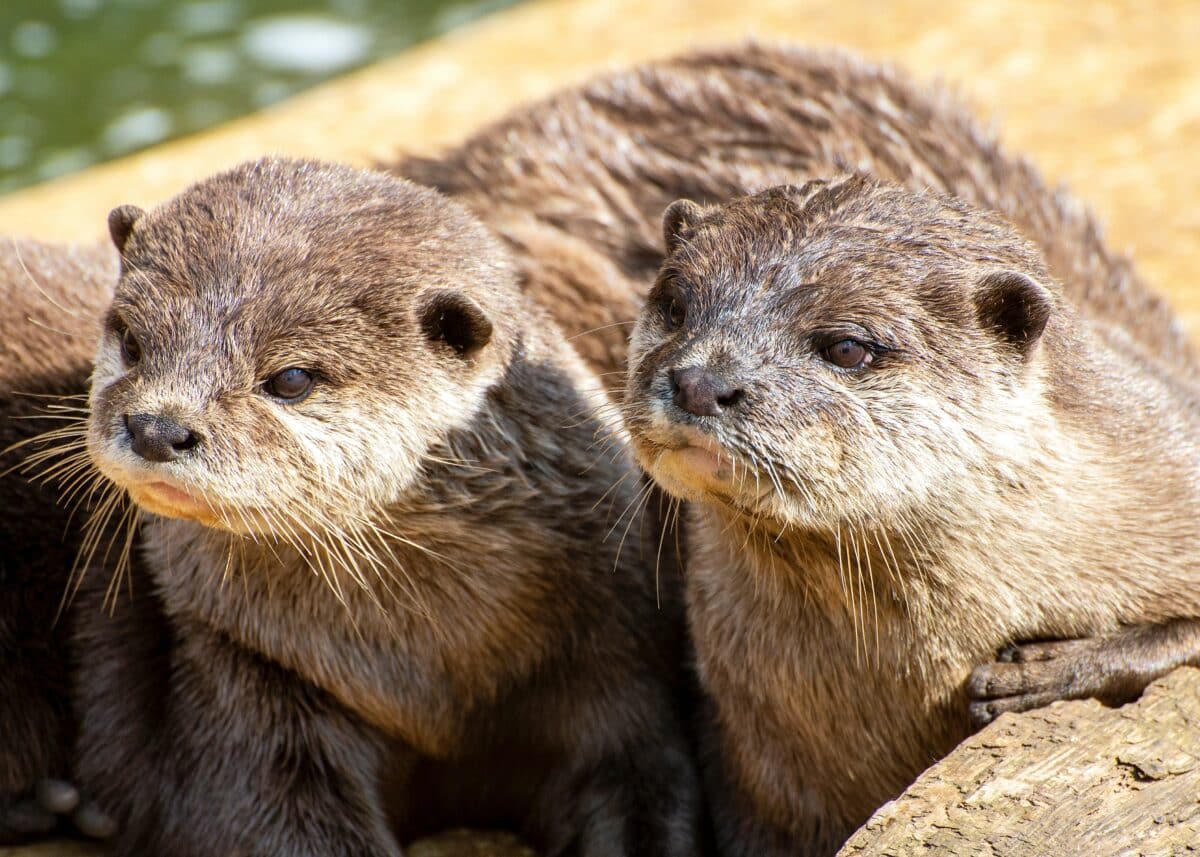
- River And Swamp Ecosystems Of South America
The Giant Otter can be found in the rivers and swamps of South America, spanning an impressive array of countries such as Brazil, Guyana, Suriname, Colombia, Venezuela, Peru, Ecuador, and Bolivia.
These habitats are characterized by their lush vegetation, intricate waterways, and diverse aquatic life. The Giant Otter feeds on various fish species, crabs, and even caimans, showcasing its versatility and adaptability. These river and swamp ecosystems are crucial for the survival of the Giant Otter and several other endemic species that call this region their home.
The complex network of wetlands provides an essential breeding ground for fish and other aquatic animals, subsequently sustaining the larger food chain of the surrounding ecosystem.
- Threats To Their Habitat And Conservation Efforts
Despite the critical role of Giant Otters in their habitats’ ecological well-being, they face several threats to their survival. The primary reasons for their decline include habitat destruction, poaching, and water pollution from activities such as mining and agriculture.
Good news! People are actively working to protect these amazing animals and the places they call home. Many organizations are joining forces with local communities to spread the word about how crucial it is to preserve the Giant Otter’s habitat.
They’re also promoting ecotourism as a positive way to support these areas, which means communities and governments have a reason to safeguard these special environments instead of engaging in harmful industries. It’s all about finding ways to live harmoniously with nature and ensuring a bright future for the Giant Otters and their ecosystems.
By raising awareness and implementing sustainable practices, we can ensure the survival of Giant Otters and their invaluable role as top predators in maintaining the delicate balance of river and swamp ecosystems in South America.
Role In The Ecosystem: Top Predator And Keystone Species
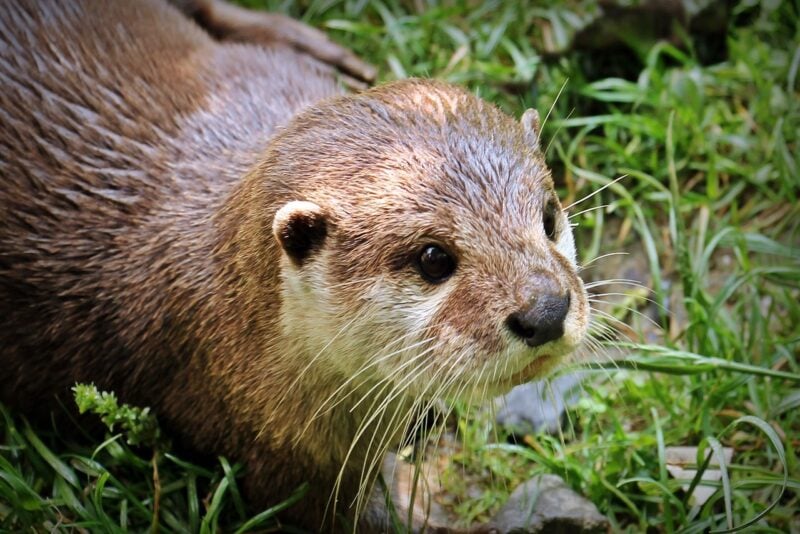
Evidently, the Giant Otter is not just any ordinary predator. As the largest otter species in the world, it is also considered a keystone species. This due to its vital role in the ecosystem. It is the top predator in its habitat, which means it hunts other animals but doesn’t have natural predators. Additionally, this role is critical to maintaining a healthy balance of the ecosystem.
Furthermore, without the Giant Otter, the prey population would grow, and this could lead to overpopulation and starvation. As a keystone species, the Giant Otter’s absence could have a ripple effect in the food chain. It may cause severe imbalances in the ecosystem.
Impact On Fish Populations And Water Quality
Firstly, as a dominant predator of fish, the Giant Otter plays a significant role in regulating fish populations in its habitat. It can keep fish populations in check and prevent them from over-exploiting the resources of their ecosystem. The otter’s diet also includes some fish species considered pests, which further helps maintain balance in the ecosystem.
Additionally, the Giant Otter helps to preserve water quality by keeping the environment clean. They often feed on fish that consume aquatic plants and other organisms, which means they help protect these resources from being over-consumed and help maintain water quality at optimal levels.
Importance Of Maintaining The Ecological Balance
Plus, to ensure regulated fish populations and clean water, the Giant Otter is vital to maintaining ecological balance. It contributes to the overall biodiversity of the ecosystem and helps propagate the survival of other species in its habitat by providing food for other animals. In turn, these animals contribute to the ecosystem by pollinating and dispersing seeds, among other things.
The Giant Otter, as a keystone species, helps maintain this stability and brings harmony to the ecological system. Without it, the ecosystem’s balance would be compromised, and the survival of many species would be threatened.
Significance And Impact: Cultural Significance
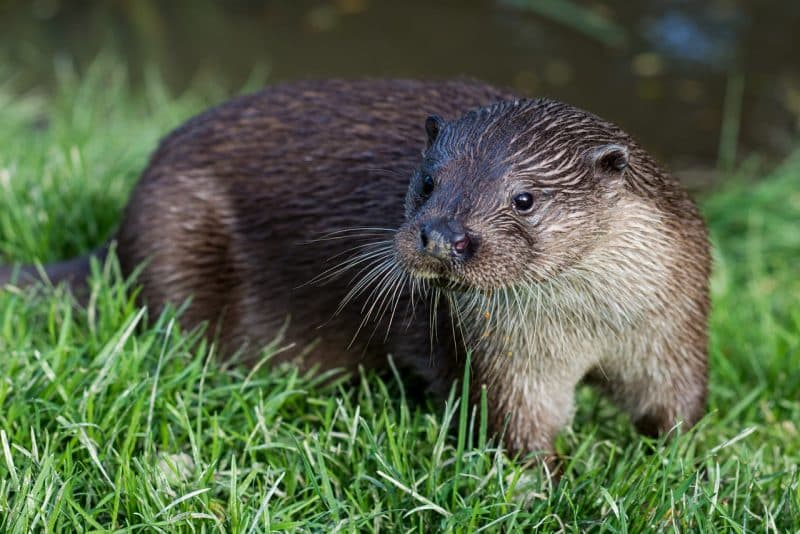
The Giant Otter holds immense cultural significance for several indigenous communities across South America. For instance, the Kayapó and Ye’kwana people of Brazil and Venezuela consider the otter a symbol of strength and agility. Its fur is used for clothing and ceremonial purposes. Some even believe that the otter has spiritual powers. It capable of bringing good luck and prosperity to those who honor it.
Economic Importance For Ecotourism
Many countries across South America have recognized the potential of the Giant Otter as a major tourist attraction. It thereby contributes significantly to their national economy. Observing Giant Otters in their natural habitat is a once-in-a-lifetime experience that draws scores of tourists annually.
Furthermore, tourism generated by the Otter has become an essential source of livelihood for local communities. They have learned to conserve the species and their habitats.
The Importance Of Biodiversity And Conservation
The Giant Otter is an excellent example of the intricate web of ecological balance and the consequences of disrupting it. Evidently, its role as a top predator in freshwater ecosystems involves regulating fish populations. This affects water quality, plant growth, and the ecosystem’s overall health.
Furthermore, understanding and preserving the Otter’s habitat ensures its survival and serves the larger purpose of conserving the intricate, delicate interactions between species and their environment. The species has come under threat due to habitat loss and hunting, but through effective conservation measures, we can continue to learn from the species and apply the lessons we learn on a wider scale.
Check out 7 fascinating facts about giant otters.
Wrapping Up with the Biggest Otter Ever
Finally, witnessing the largest otter ever discovered is an extraordinary and unforgettable encounter. It should be included in the must-see list of any nature enthusiast. Furthermore, it is a remarkable experience that can leave you in awe and deeply moved. The Giant Otter, with its imposing size and remarkable beauty, captivates the senses and evokes a sense of wonder.
There is something truly humbling and inspiring about observing this magnificent creature in its natural environment. Adding this incredible adventure to your travel itinerary will allow you to immerse yourself in the wonders of nature and create cherished memories. Prepare yourself for an awe-inspiring journey as you witness one of nature’s most incredible creatures firsthand.
Next up:
- Notorious Sea Otter Goes From Surfboard Thief to New Mother
- Escape Artist Otter Is Still Mischievously Biting Surfboard
Join our Forum for free today!

- Surprised By A Snake In My Toilet In Bali - July 24, 2024
- Discover the Profound Spiritual Meaning of the Brown Bear - July 24, 2024
- Unexpected Snake Slithers Across My Windshield On Arizona Highway - July 23, 2024

